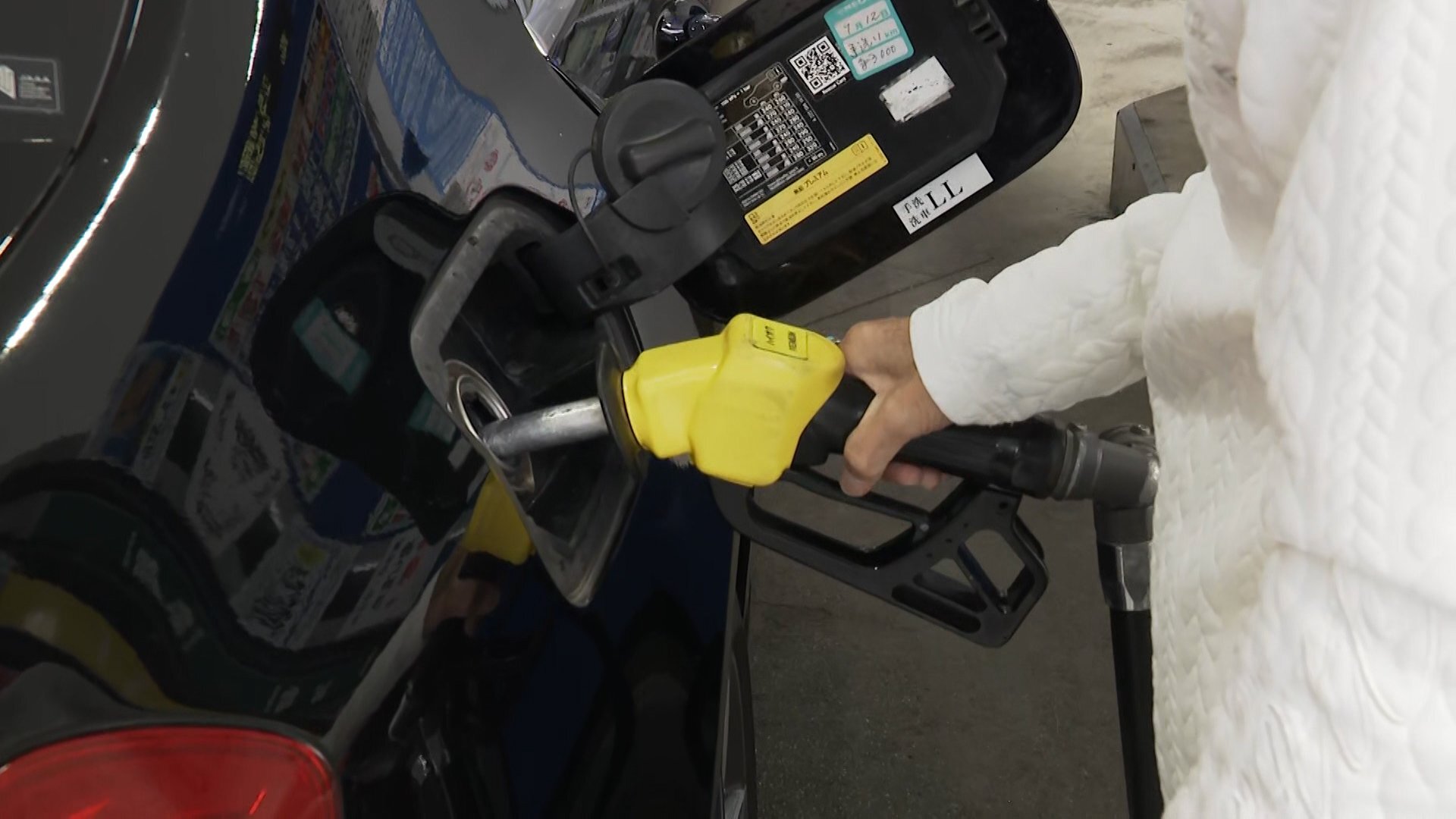
When you buy through links on our articles, Future and its syndication partners may earn a commission.

Europe's Ariane 6 heavy-lift rocket took to the skies for the fourth time ever today (Nov. 4).
An Ariane 6 lifted off from Europe's Spaceport in Kourou, French Guiana today at 4:02 p.m. EST (2102 GMT; 6:02 p.m. local time in Kourou), carrying the Sentinel-1D Earth-observation satellite to low Earth orbit (LEO).
The Ariane 6 deployed Sentinel-1D about 33.5 minutes after liftoff today as planned, at an altitude of 440 miles (708 kilometers).

The Ariane 6 is the successor to the Ariane 5, which retired in July 2023 after 27 years of service. The new rocket debuted with a checkered July 2024 test flight, then followed that up with two fully successful operational launches, in March and August of this year.
Ariane 6 made it three in a row today with the launch of Sentinel-1D, which is part of the European Union's Copernicus Earth-observation program.
The Sentinel-1 series of satellites capture detailed radar imagery of Earth, "performing in all weathers, day and night," European Space Agency (ESA) officials wrote in a Sentinel-1D mission description. "This service is vital for disaster response teams, environmental agencies, maritime authorities, climate scientists — and other users who depend on frequent updates of critical data."
Three Sentinel-1 satellites had launched before today, and two of those remain operational (Sentinel-1A and Sentinel-1C). Sentinel-1D will replace Sentinel-1A, which has been eyeing Earth from orbit for 11 years — well beyond its planned operational lifetime, according to ESA.
"The Sentinel-1D satellite will work in tandem with Sentinel-1C to generate timely data," agency officials wrote in the description. "Both satellites have a C-band synthetic aperture radar (SAR) instrument on board, which captures high-resolution imagery of Earth's surface. They are also equipped with Automatic Identification System (AIS) instruments to improve detection and tracking of ships."

Today's launch was Europe's fifth orbital mission of 2025. In addition to the three Ariane 6 flights, the Vega C smallsat launcher — which, like the Arianespace, is operated by the France-based company Arianespace — has aced two missions so far this year, in April and July.
For context, SpaceX has launched 140 missions of its workhorse Falcon 9 rocket in 2025. More than 70% of those flights have been devoted to building out the company's Starlink megaconstellation in LEO.
Editor's note: This story was updated at 1:14 p.m. ET on Nov. 5 with news of successful liftoff, then again at 1:39 p.m. ET with news of satellite deployment.
LATEST POSTS
- 1
 A few Exemplary Chinese Dishes, Which Are Famous Around the world
A few Exemplary Chinese Dishes, Which Are Famous Around the world - 2
 Signature Scents: A Manual for Outstanding Fragrances
Signature Scents: A Manual for Outstanding Fragrances - 3
 ジュニアの16人組「少年忍者」、今月末で活動終了「個人の活動に専念」…コメント全文(スポーツ報知)
ジュニアの16人組「少年忍者」、今月末で活動終了「個人の活動に専念」…コメント全文(スポーツ報知) - 4
 収録中に「周囲の壁が迫ってきた」――“陽キャ”の芸人ゆってぃがパニック障害と診断されて #今つらいあなたへ(Yahoo!ニュース オリジナル 特集)
収録中に「周囲の壁が迫ってきた」――“陽キャ”の芸人ゆってぃがパニック障害と診断されて #今つらいあなたへ(Yahoo!ニュース オリジナル 特集) - 5
 Carry Nature Inside with These Staggering Plant Decisions
Carry Nature Inside with These Staggering Plant Decisions
 カブス編成本部長 今永昇太とは「完全に扉を閉めたわけじゃない」 QO受諾希望「今後も対話を続ける」(スポニチアネックス)
カブス編成本部長 今永昇太とは「完全に扉を閉めたわけじゃない」 QO受諾希望「今後も対話を続ける」(スポニチアネックス) 早くもガソリン5円値下げも!きょうからガソリン補助金10円→15円に拡大し店頭価格引き下げへ(FNNプライムオンライン(フジテレビ系))
早くもガソリン5円値下げも!きょうからガソリン補助金10円→15円に拡大し店頭価格引き下げへ(FNNプライムオンライン(フジテレビ系)) Which Startup's Innovation Could Alter Medical services?
Which Startup's Innovation Could Alter Medical services? Desired Travel Objections Worldwide: Where to Go Straightaway
Desired Travel Objections Worldwide: Where to Go Straightaway Changes to CDC website spark debate over autism and vaccine misinformation
Changes to CDC website spark debate over autism and vaccine misinformation Instructions to Keep up with Your Traded Teeth for Life span
Instructions to Keep up with Your Traded Teeth for Life span トヨタ、米国に100億ドル投資を表明…EVやHVの現地生産を強化「次世代モビリティー」拡充へ(読売新聞オンライン)
トヨタ、米国に100億ドル投資を表明…EVやHVの現地生産を強化「次世代モビリティー」拡充へ(読売新聞オンライン) The most effective method to Recognize an Excellent Lab Precious stone
The most effective method to Recognize an Excellent Lab Precious stone Make your choice for the PS5 game that you love playing with companions!
Make your choice for the PS5 game that you love playing with companions!













